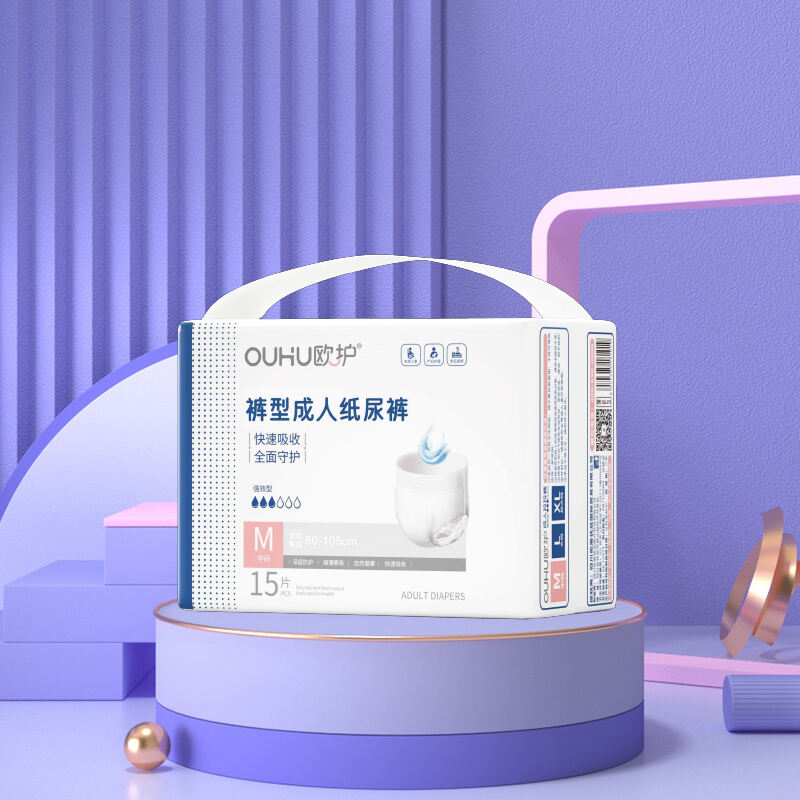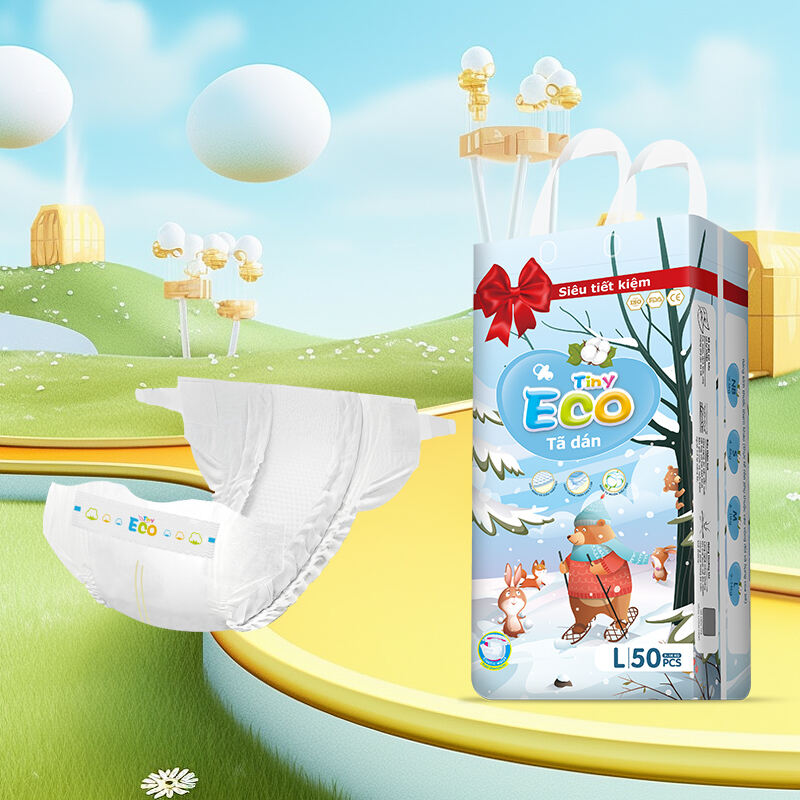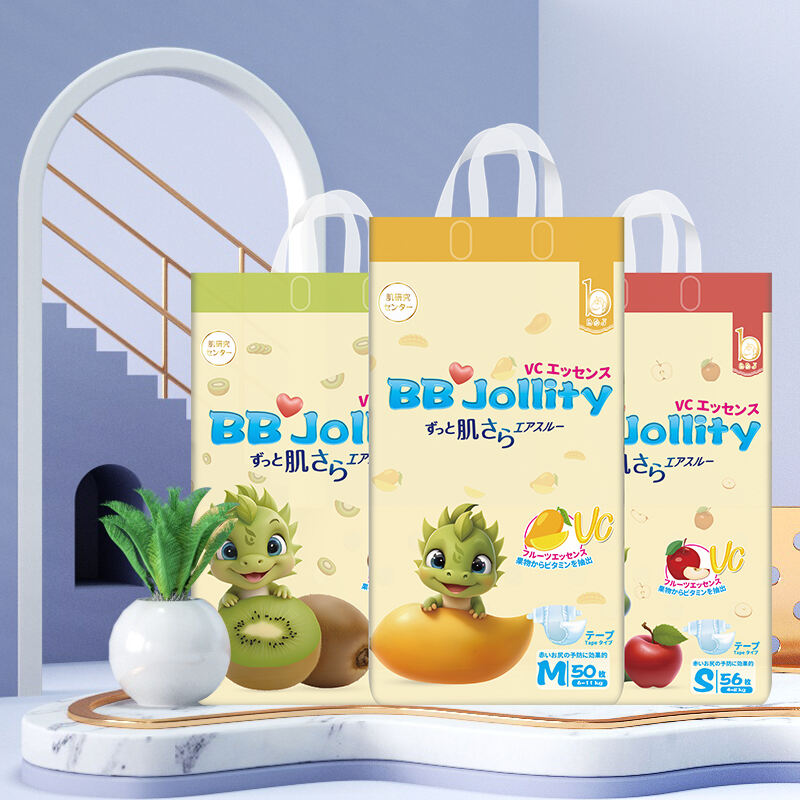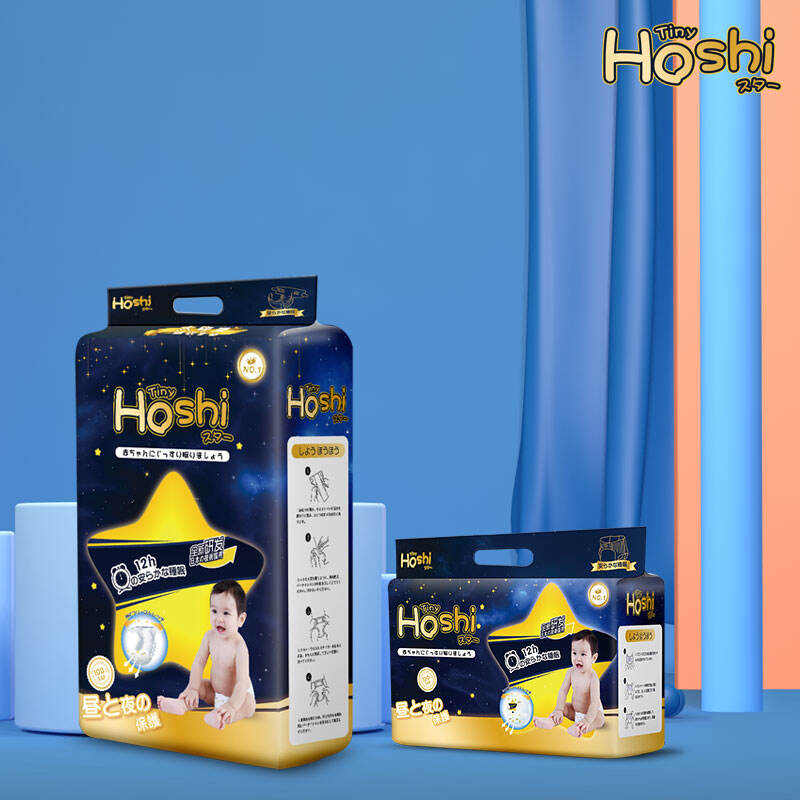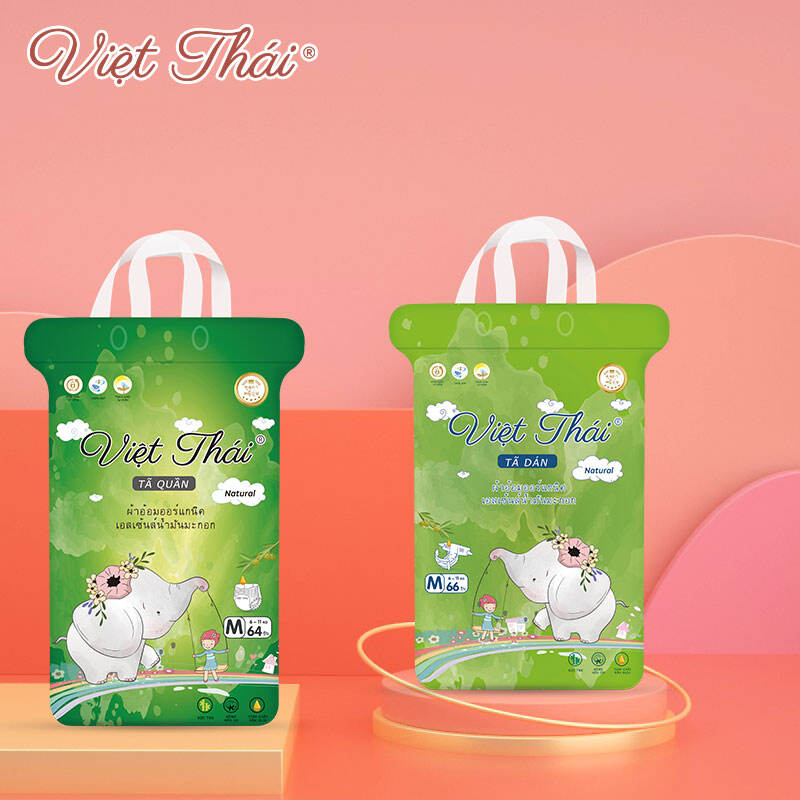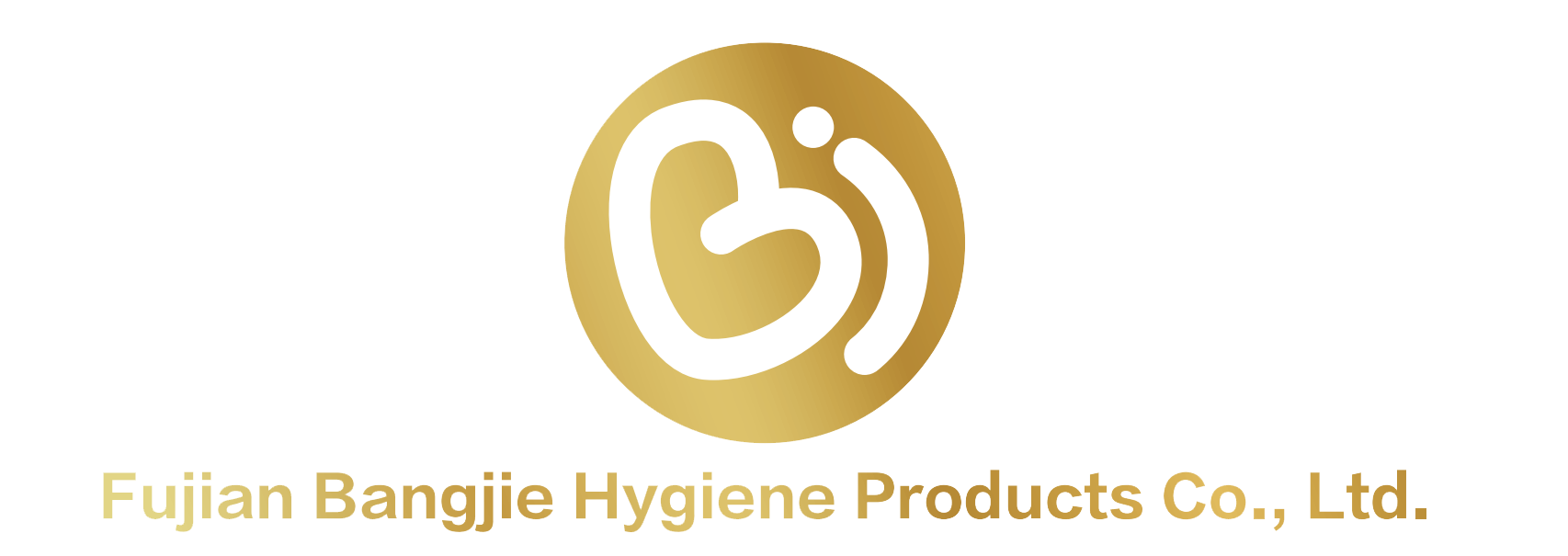Balancing Profitability: Price Wars vs. Brand Value in the Diaper Market
Understanding the Diaper Market Dynamics
The diaper industry has been on quite a roll lately, with both baby and adult products driving this expansion. According to recent estimates, the market hit around $63.2 billion back in 2023 and analysts predict it could climb all the way to roughly $110 billion within the next decade, ticking along at about 5.7% per year. What's fueling this growth? Well, parents want more options for their little ones these days, and manufacturers have responded with a wider range of products than ever before. Baby diapers still make up most of the sales because there are simply more kids being born and more families moving into cities where convenience matters. But we're also seeing a noticeable shift towards adult incontinence products as our population ages and more people deal with bladder control problems. The healthcare sector has definitely taken notice of this trend.
The diaper market is undergoing major changes right now, with environmental concerns pushing many companies toward greener alternatives. Parents want products that break down naturally after disposal, so we're seeing more brands develop compostable materials and reduce plastic content in their designs. Another big development comes from tech advancements where some diapers now feature built-in sensors that track moisture levels and even send alerts to smartphones when a change is needed. These smart features make life easier for caregivers while also providing valuable health data. Meanwhile, online shopping continues to reshape how people buy diapers too. Retailers report record numbers through their websites and apps, giving customers access to niche brands they might not find locally. Most manufacturers recognize these shifts and have started rolling out biodegradable lines alongside traditional products. Many are investing heavily in social media marketing and direct-to-consumer strategies to connect better with modern parents who value both sustainability and cutting edge technology in everyday items like diapers.
Exploring Price Wars in the Diaper Market
The ongoing price battles in the diaper sector are shaking things up pretty badly. Brands that slash prices just to stay ahead usually end up hurting their bottom line while reshaping who dominates the market. Lowering costs does boost sales numbers quickly, but most companies find themselves stuck with thinner profits afterward. Business analysts have noticed this trend lately, pointing out how big name brands are now scrambling to adjust their pricing approaches. Some have actually dropped down a few spots in rankings as they try desperately to keep selling enough units without completely gutting their margins.
Facing intense price competition, top diaper companies are trying different ways to keep their place in the market. Many focus on making their products stand out through special features like better absorption or gentler materials for baby skin. Brands also boost perceived value by adding extras such as wetness indicators that change color when needed or using materials that are less likely to cause allergies. Some companies have started loyalty programs too, giving rewards and occasional discounts to people who buy from them regularly. All these efforts serve two main purposes really: holding onto existing customers and keeping them coming back despite all the discount deals floating around in this crowded market.
The Importance of Brand Integrity in the Diaper Industry
When it comes to building trust among consumers in the diaper business, brand integrity stands out as really important. Companies need to stick to their quality checks and safety protocols while being open about how they make their products. According to some market research done recently, around 85 percent of people actually care more about buying diapers from companies that show good integrity because they link those traits directly to better product safety. Brands that go out of their way to tell customers exactly what goes into making their diapers and how they handle business ethics tend to see stronger loyalty from shoppers. And this matters a lot in an industry where once someone loses faith in a brand, getting them back proves extremely difficult despite all marketing efforts.
When brands cut corners on quality or ignore ethical practices, they end up hurting themselves badly down the road. Companies that let their standards slip tend to lose customers who no longer trust them, which naturally damages how people view the brand overall. Money problems usually come next too, since those lost customers will shop elsewhere for products they actually believe in. Market research shows something pretty shocking actually - businesses that don't keep their integrity intact often watch their market share drop by around 20 percent within a year or two. For anyone running a diaper brand these days, protecting core values isn't just about keeping current buyers happy. It's absolutely essential if the company wants to stay relevant and competitive in this tough marketplace over time.
Product Highlights: Diapers in the Market
For adults dealing with incontinence issues, pants type adult diapers offer a practical alternative to traditional options. What sets them apart is how closely they resemble everyday underwear both visually and tactilely, which matters a lot to folks concerned about privacy when going about their day. Many find this design especially helpful if they struggle with movement around the house or outside, since there's no need to worry about complicated fastenings or awkward positioning during bathroom breaks. The discreet nature means users can maintain their usual routines without feeling self conscious about their condition affecting daily life.
More and more families are turning to Micro Diapers because they soak up messes really well while staying practically invisible under clothes. They work great for babies and little kids who need all day dryness without the thick feel of traditional options. Parents today want something that works but doesn't draw attention when their child is running around or at daycare. That's exactly what makes Micro Diapers stand out in the marketplace right now. The brand has managed to put together some pretty good absorption technology with a super thin design that most people don't even notice until they see how effective it actually is.
When it comes to baby diapers, most parents face the classic choice between disposables and cloth options, reflecting what matters most to them personally. Disposable ones win points for being super easy to use and keeping things clean, which makes life easier for working moms and dads or anyone who doesn't want to deal with doing laundry all day long. Cloth diapers on the other hand have their own appeal too since they can be washed and reused multiple times, cutting down waste significantly. Many green minded households gravitate toward these because they're better for the planet in the long run. At the end of the day, whether someone picks one over the other really depends on what fits into their daily routine and values system.
Tiny Diapers serve a unique market niche by providing diapers catered to the youngest infants, offering both breathability and skin-friendliness. These designs are integral for the delicate skin of newborns and are selected by parents conscious of maintaining comfort and avoiding irritation for their infants.
Lastly, the Vietnamese Diaper Type/Pants Type caters to regional demands where cultural factors and preferences influence consumption. These products are tailored to be breathable and are often selected for their ability to withstand the regional climate, illustrating how cultural nuances affect product design and consumer choices.
Balancing Costs and Values in Diaper Purchases
People shopping for diapers usually put a lot of stock in brand reputation when making their choice. Companies known for good quality and dependable products tend to keep customers coming back, even though these trusted names often cost more at checkout. Most folks will pay extra for something they know works, especially when it comes to baby essentials. Take the big name brands with those flashy ads on TV and social media – they consistently sell better than smaller companies nobody's heard of. Parents assume these top brands must be better because they claim to have better absorption and comfort features, so many just go with what they recognize despite the price difference.
When buying diapers, most people find themselves stuck between price tags and product quality. Sure, budget friendly options look tempting at first glance, but plenty of parents worry about problems such as leaks during the night or rashes developing from lower end brands. According to recent research, around forty percent actually put better quality ahead of saving money when shopping for necessities like baby diapers. This balancing act isn't unique to diapers either. Across all sorts of products, shoppers generally want something that doesn't break the bank yet still works well enough day after day. For companies making diapers, understanding this mix of concerns means creating products that hit that sweet spot somewhere between too expensive and not good enough.
The Future of the Diaper Market
Looking ahead at where the diaper market might head next, there's clearly room for expansion in adult diapers as our world's population continues getting older. Market researchers have been pointing this out for years now. Take Technavio for instance they just put out a report saying the global diaper market should see around $25 billion added between 2025 and 2029. Why? Because more people are living longer and needing these products as they age. What makes this even more interesting is how tech improvements keep happening all the time. New materials and better designs mean today's adult diapers work better than ever before while still being comfortable enough for daily wear.
At the same time, the diaper business is seeing some serious green momentum. Manufacturers are getting creative with compostable materials and greening up their factories to produce better for the planet options. Big names like P&G and Kimberly Clark aren't just talking the talk anymore either. They've rolled out programs aimed at cutting down waste and carbon footprints across their product lines. The market for biodegradable nappies made from plant-based stuff is growing fast too. Parents today care more about leaving a smaller environmental footprint, so they're willing to pay extra for diapers that break down naturally instead of sitting in landfills for decades.
Conclusion: Navigating the Diaper Market's Challenges
Navigating the complexities of the diaper market requires businesses to address several significant challenges effectively. The industry involves intense price wars, the delicate balancing of brand integrity, and adapting to shifting consumer preferences driven by eco-consciousness and technological advancements. Companies must stay adaptable and innovative to meet these demands.
For companies wanting to make it big in the diaper business, beating these hurdles matters a lot. Good old fashioned planning combined with some smart thinking ahead helps keep brands fresh in consumers' minds while standing out from rivals. Look at how important eco friendliness has become these days alongside better products that actually work well for parents and babies alike. When people start trusting what they buy, that builds loyalty over time. So yeah, focusing on green practices, making sure diapers perform as promised, and earning genuine customer confidence really does set businesses up for lasting success in an ever changing market place.

